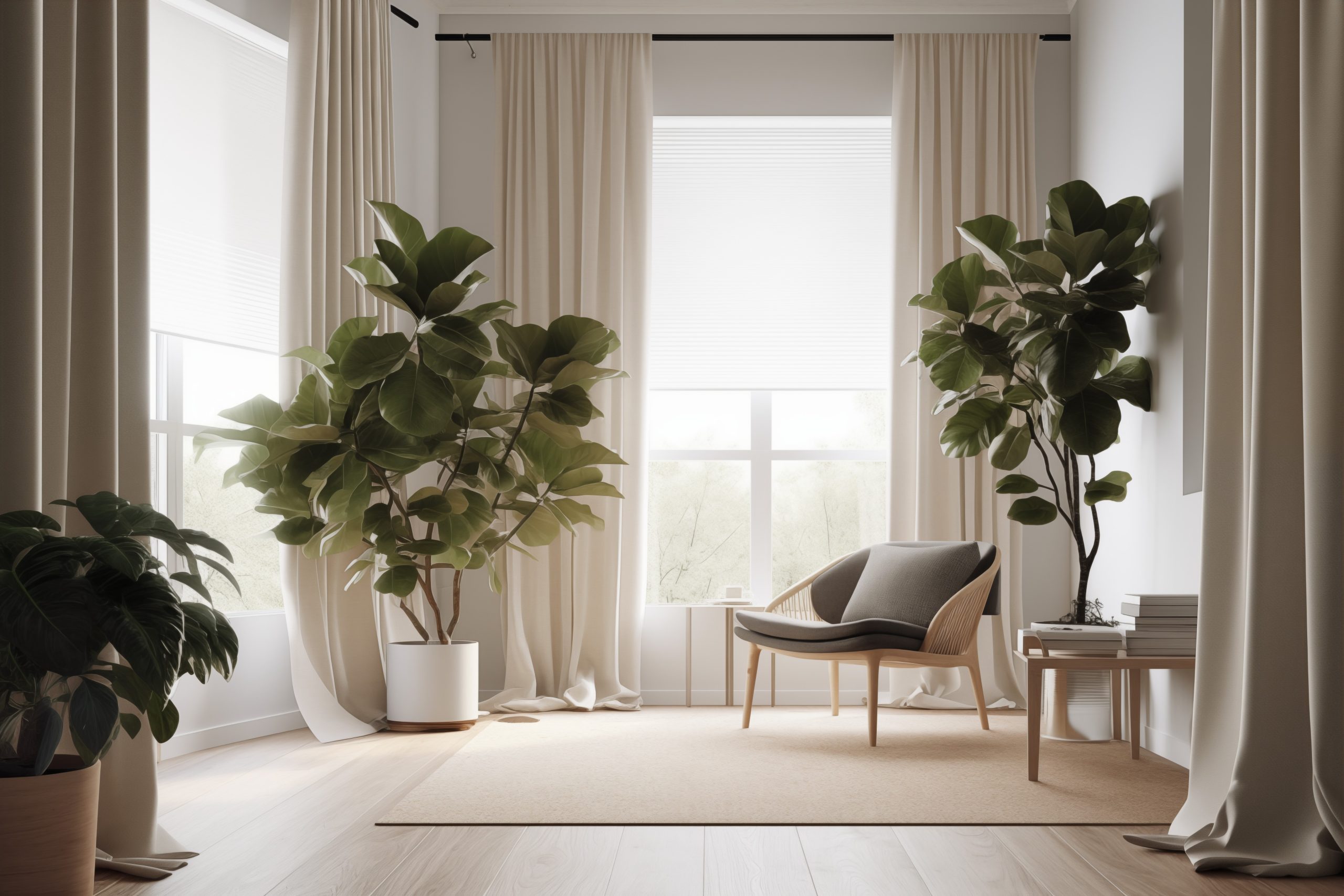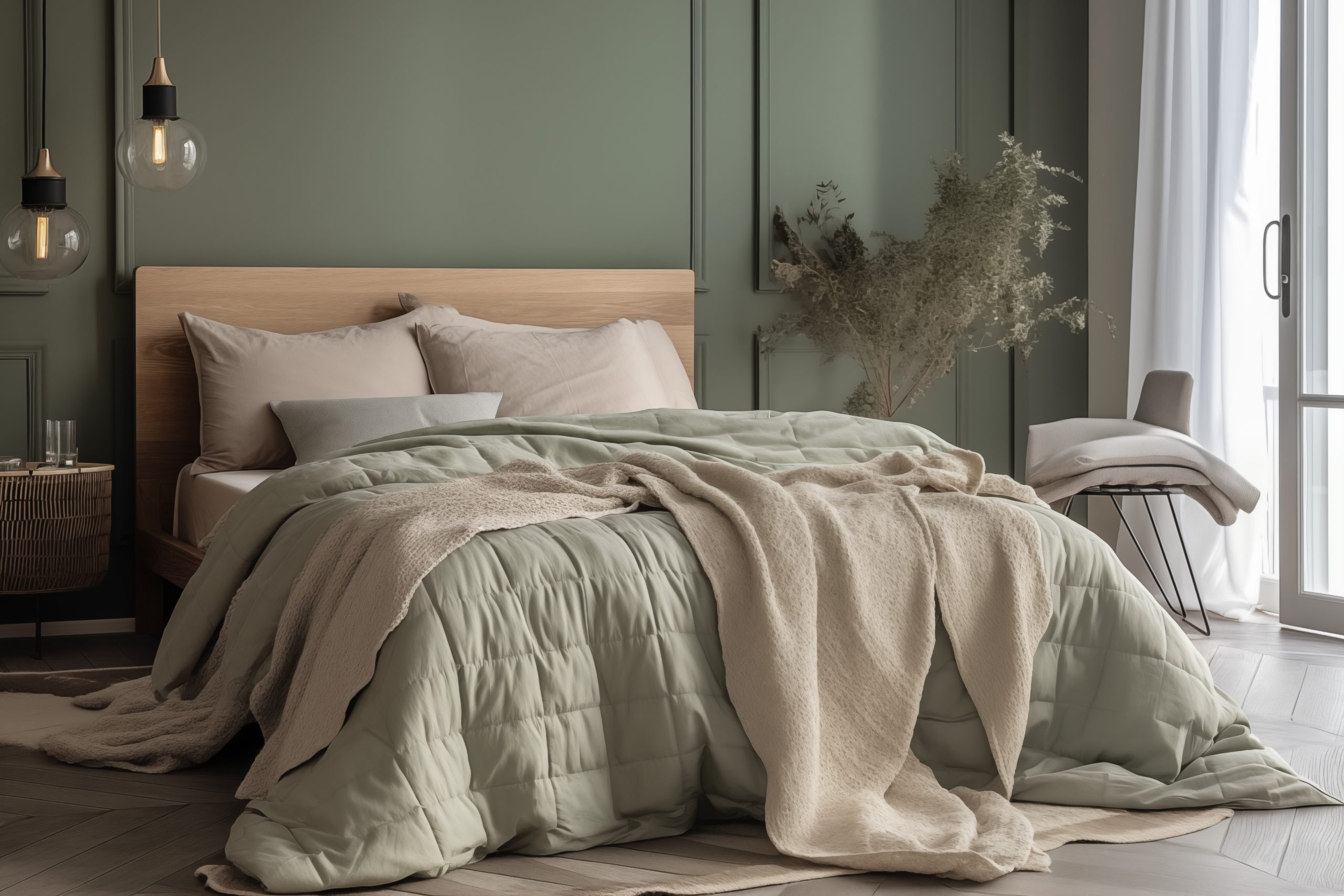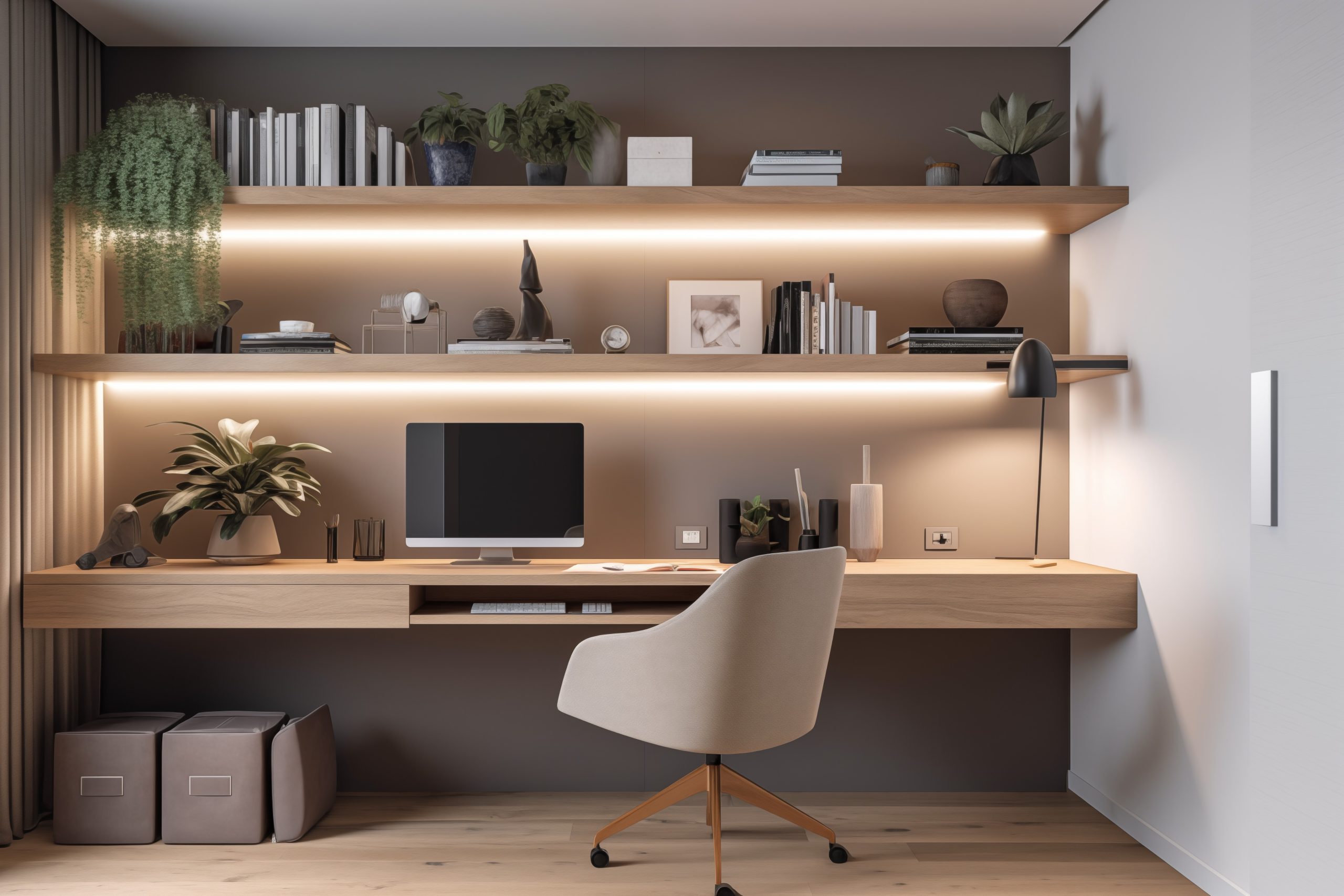Designing for Wellness:
How Interiors Impact Mood & Productivity
As our homes continue to evolve into multi-functional spaces, more people are turning their focus toward wellness-centered design—and for good reason. The way a space looks and feels can directly influence how we think, move, and emotionally engage with our environment. From the moment we open our eyes in the morning to our evening routines, the design choices around us play a role in shaping our energy, focus, and sense of calm.
🌿 Why Wellness Interior Design Matters
Your home isn’t just a backdrop for your daily life—it’s your sanctuary, your workplace, and your recharge zone. Whether you’re navigating Zoom meetings, helping kids with homework, or winding down after a long day, the way your home is designed affects your overall well-being.
By integrating principles of wellness into your interiors, you can:
- Improve sleep quality
- Boost daily productivity
- Reduce anxiety and stress
- Cultivate a sense of purpose and presence
Now let’s explore how to create a wellness-inspired space that supports every part of your lifestyle.
1. Natural Light & Biophilic Design
Nothing compares to the uplifting power of natural light. Exposure to sunlight helps regulate your circadian rhythm, enhances mood, and even supports better sleep.
But not every home has large windows or open views—which is where biophilic design comes in. Incorporating natural elements like plants, wood, stone, and water features can evoke that same connection to nature indoors.
Simple Ideas to Try:
- Use sheer curtains to maximize light flow.
- Add houseplants to desks, shelves, or corners (think low-maintenance options like snake plants or pothos).
- Choose natural finishes like rattan, raw wood, or jute to add warmth and texture.
Design Tip: No window? Add daylight-mimicking bulbs and botanical artwork to simulate that feel-good outdoor vibe.

2. Color Psychology That Supports Your Goals
Color plays a subtle but powerful role in how we feel in a space. Certain hues can calm the nervous system, while others can energize and motivate.
Here’s how to use color intentionally:
- Soft blues and sage greens encourage tranquility and are perfect for bedrooms or meditation corners.
- Warm beiges, dusty pinks, and creamy whites create cozy, inviting environments ideal for living rooms or entryways.
- Golden yellows or terracotta accents stimulate creativity and focus—perfect for home offices or studios.
Feeling overwhelmed by paint swatches? Let’s curate a personalized color palette just for you.

3. Ergonomics and Thoughtful Space Planning
Wellness isn’t just about what you see—it’s about how you feel when you move through your space. Thoughtful space planning can reduce daily friction and improve your workflow, especially if you’re working from home.
What to Focus On:
- Invest in an adjustable desk or supportive chair for work zones.
- Reduce clutter and leave clear pathways for easy movement.
- Create distinct zones for focus (desk), rest (sofa or reading nook), and play (open floor area).
A well-planned space can make even a small room feel expansive and energizing.

4. Ambient Comfort Through Lighting, Texture & Sound
Designing for wellness includes engaging all the senses—not just sight.
- Layered lighting (ambient, task, and accent) helps regulate your rhythm throughout the day.
- Textiles like boucle throw pillows, linen drapes, or plush rugs ground the space and make it feel safe and cozy.
- Soundscaping matters too: add a white noise machine, calming playlist, or even soft wind chimes near open windows.
Scent also contributes to how your space feels. Diffusing essential oils like lavender or eucalyptus can encourage relaxation and clarity.
Create a sensory sanctuary with textures, lighting, and sounds that support how you want to feel—whether that’s energized, relaxed, or focused.
Real-Life Inspiration: A Wellness Home Office Makeover
One of our recent virtual design clients was feeling mentally drained working in a cluttered, dark office. We refreshed the space by:
- Repainting the walls in a soft sage green
- Adding a natural wood desk with an ergonomic chair
- Installing a large daylight LED lamp
- Styling open shelving with greenery, stone vases, and personal mementos
The result? A calm, inspiring workspace that supports focus and feels like a breath of fresh air every time she walks in.
Designing for wellness is all about intention. By choosing elements that speak to your needs—whether that’s relaxation, clarity, energy, or balance—you’re creating more than just a beautiful space. You’re designing a lifestyle.

